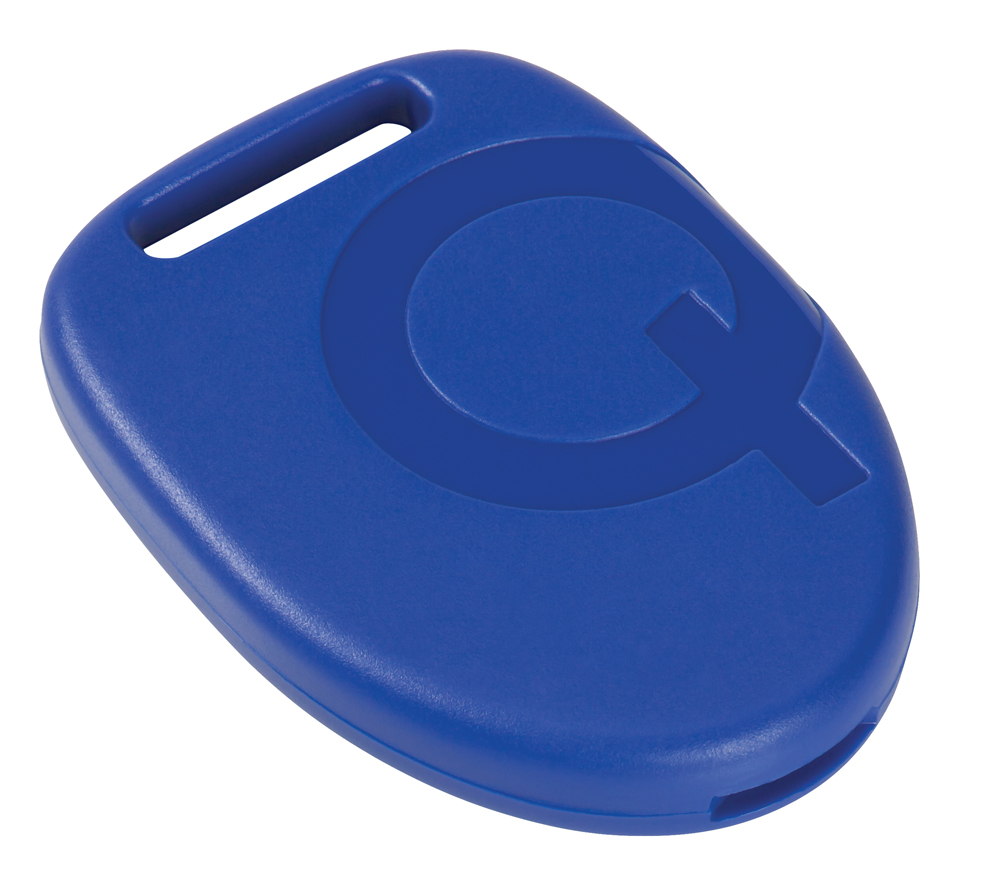Gimbal’s proximity beacons are small transmitters that use Bluetooth Low-Energy technology to send encrypted data to mobile devices. The beacons have become popular marketing and messaging tools for retailers (Apple Stores, Gamestop, American Apparel), sports teams and venues (the Cleveland Browns, the Miami Dolphins, Madison Square Garden, the Staples Center), and events and conferences (the U.S. Open, SXSW, Tribeca Film Festival).
When a shopper or event attendee comes in range, the beacon sends a message to a Gimbal-enabled mobile app on the person’s mobile phone. The app platform sends relevant information to the device, based on what the user has opted in for and the user’s exact location. The Miami Dolphins use Gimbal to message fans at Sun Life Stadium about where they can find shorter concession lines. The Chicago Transit Authority and advertising firm Titan have tested Gimbal beacon technology at several stations to determine whether advertising furthers engagement with transit riders.
In November, Retailigence, an online-to-online marketing platform, announced a strategic partnership with Gimbal to provide product and shopper data to retailers looking to fine-tune their marketing efforts. Presumably, retail designers could use such data to improve wayfinding in stores and even to create physical ways to influence shoppers’ traffic patterns within the store.
Not everyone’s ecstatic over the new technology. After Buzzfeed disclosed that Titan had planted 500 beacons in phone booths to push advertising, New York City officials had them removed.
Read about more innovations from BD+C's 2014 Great Solutions Report.
Related Stories
| Dec 8, 2011
Keast & Hood Co. part of Statue of Liberty renovation team
Keast & Hood Co., is the structural engineer-of-record for the year-long $27.25 million renovation of the Statue of Liberty.
| Dec 8, 2011
HDR opens office in Shanghai
The office, located in the Chong Hing Finance Center in Shanghai’s busy Huangpu District, will support HDR’s design efforts throughout Asia.
| Dec 8, 2011
HOK elevates the green office standard
Firm achieves LEED Platinum certification in New York office that overlooks Bryant Park.
| Dec 7, 2011
ACE Mentor Program receives Presidential Award for Excellence in Science, Math and Engineering Mentoring
Thornton Tomasetti founding principal Charles H. Thornton responsible for launching ACE.
| Dec 7, 2011
NSF International qualifies first wallcoverings distributor to the New American National Standard for Sustainable Wallcoverings
TRI-KES demonstrates leadership in environmental stewardship as the first distributor to earn qualification.
| Dec 7, 2011
DPR Foundation awards $590,000 to youth organizations
Grants will fund programs for disadvantaged kids across six states.
| Dec 7, 2011
Autodesk agrees to acquire Horizontal Systems
Acquisition extends and accelerates cloud-based BIM solutions for collaboration, data, and lifecycle management.
| Dec 7, 2011
ICS Builders and BKSK Architects complete St. Hilda’s House in Manhattan
The facility's design highlights the inherent link between environmental consciousness and religious reverence.
| Dec 6, 2011
Construction industry leaders gather for forum on diversity
Declared a “groundbreaking” event for the industry, Gilbane’s First Annual National Partners Council Forum addressed diversity and inclusion as well as building partnerships with minority, veteran, and women-owned businesses.

















